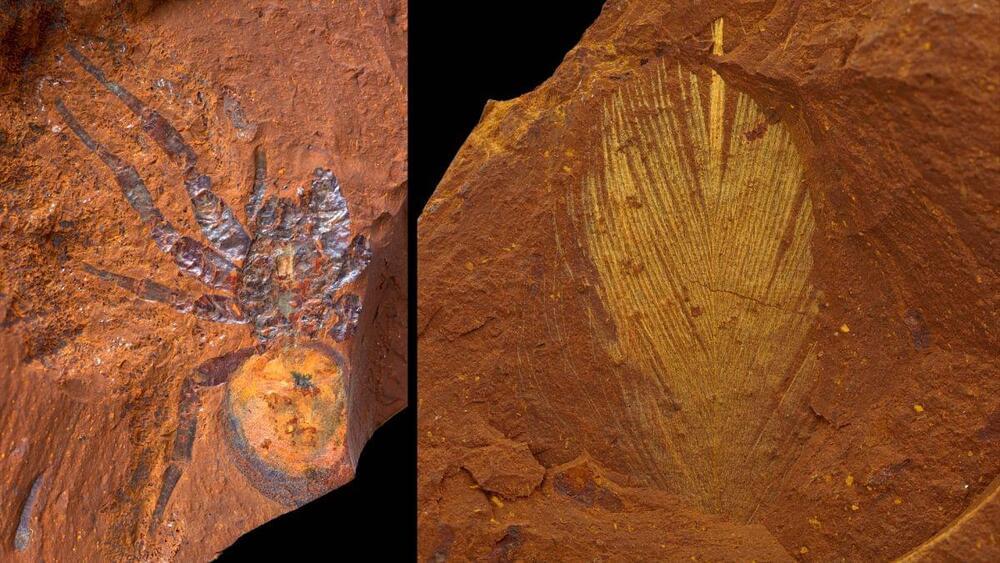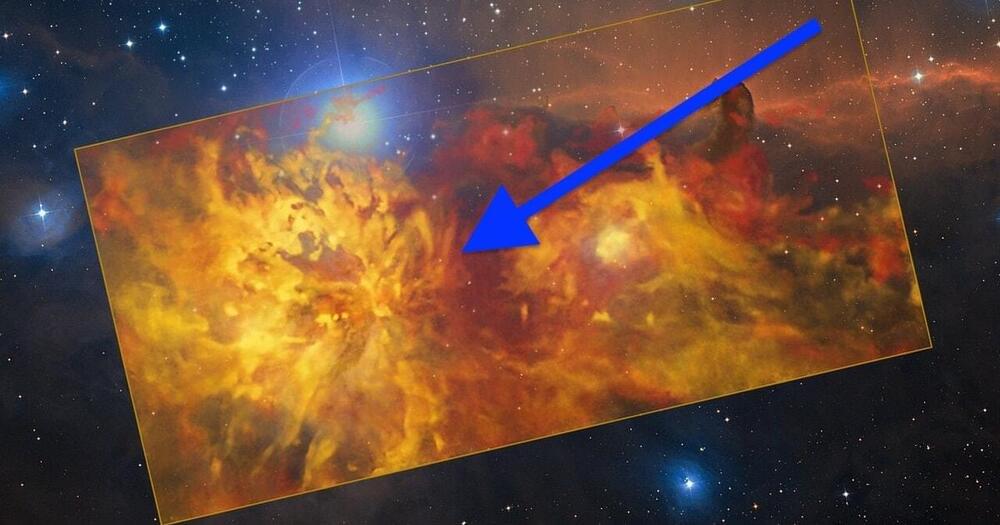Zaha Hadid integrated recessed lighting seamlessly into her designs, using it to render curves and generate movement.





According to an AP news release, Turkmenistan’s President Gurbanguly Berdimuhamedow appeared on state television telling officials to put out the flames at the “Gates of Hell,” a giant natural gas crater in the middle of the Karakum desert, about 260 kilometers (160 miles) north of Ashgabat, the capital of Turkmenistan.
The crater was created in 1971 during a Soviet drilling accident that hit a gas cavern, causing the drilling rig to fall in and the earth to collapse underneath it. The Soviets decided to burn off the gas by setting it on fire to prevent the dangerous fumes from spreading. Unfortunately, tapping into a vast natural reservoir of flammable methane gas, the pit has been burning since then, even growing in size over time. The now 70 meters (229 feet) wide and 20 meters (65 feet) deep crater is a popular tourist attraction, especially at night time. Officially named the “Shining of Karakum,” the crater is also known as the Darvaza Crater, after the nearby village of Darvaza, and online as the Door to Hell or Gates of Hell, thanks to the boiling mud and roaring, red flames covering the crater floor.
Full Story:



The findings by rover scientists highlight the diversity of samples geologists and future scientists associated with the agency’s Mars Sample Return program will have to study.
Scientists with NASA’s Perseverance Mars rover mission have discovered that the bedrock their six-wheeled explorer has been driving on since landing in February likely formed from red-hot magma. The discovery has implications for understanding and accurately dating critical events in the history of Jezero Crater – as well as the rest of the planet.
The team has also concluded that rocks in the crater have interacted with water multiple times over the eons and that some contain organic molecules.

The Flame Nebula glows with ultraviolet light.
Well, maybe not a real fire. But a recent image of the Orion Constellation captures one of its most glorious nebulae, the Flame Nebula. The nebula appears to be ignited in raging flames burning at the very fabric of the cosmos as it shines bright amid the closest molecular cloud to the Sun.
The European Southern Observatory (ESO) released the image Tuesday, offering a unique glimpse at this busy constellation.
The breathtaking image shows the Flame Nebula as the largest portion on the left half of the central rectangle.
